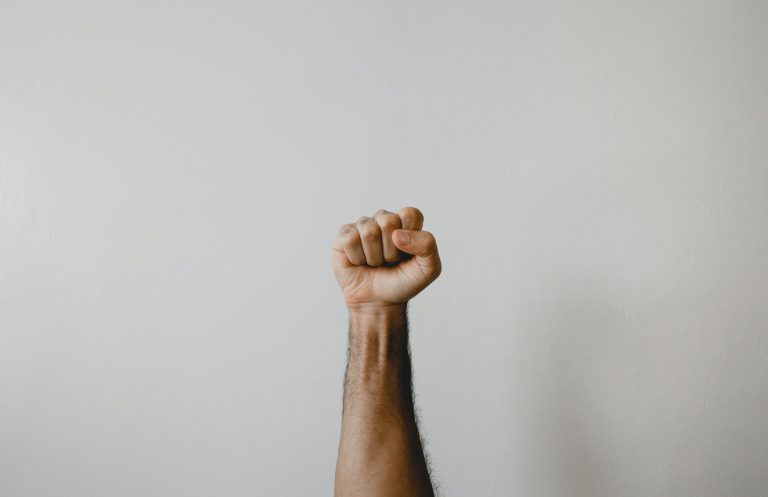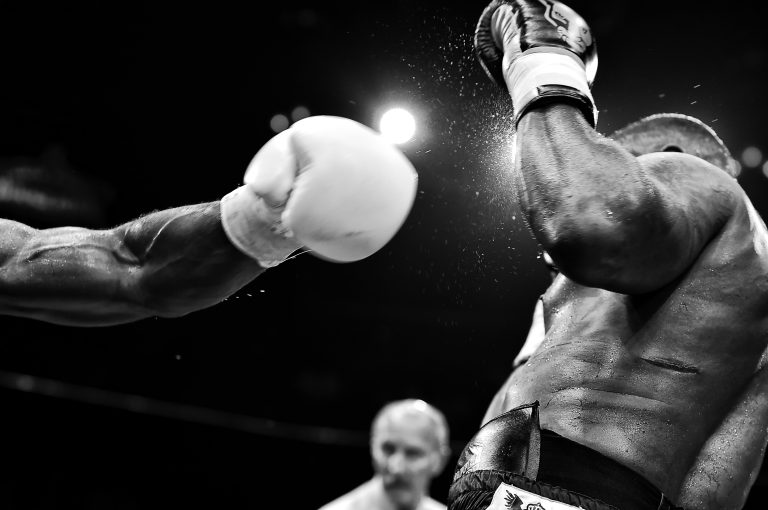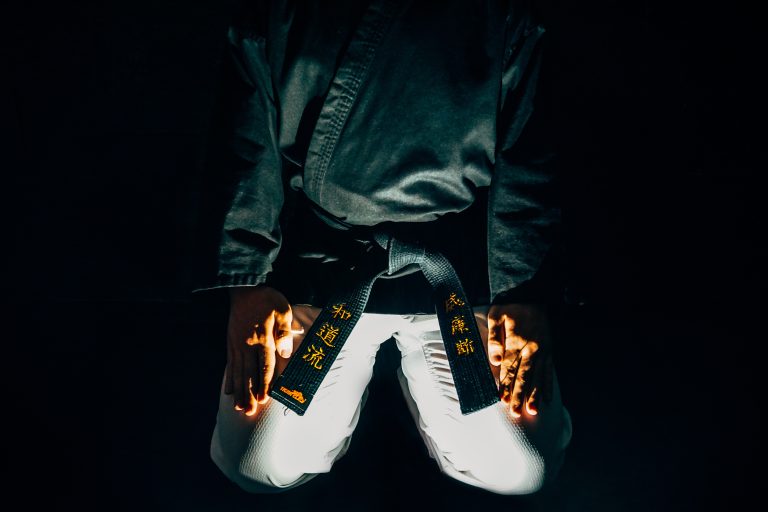Karate Styles Tier List: A Comprehensive Guide
Karate is a martial art known for its techniques that emphasize quick and powerful strikes, punches, and kicks. The art form has been around for centuries and has evolved into several different styles. Each style has its own unique techniques, training methods, and philosophies. In this article, we will explore the top karate styles and rank them on a tier list based on various criteria.
The Tier List
Before we dive into the different karate styles, let’s first define what we mean by „tier list.“ A tier list is a ranking of items based on their perceived power, effectiveness, and usefulness. In the context of karate styles, a tier list can help students and instructors understand which styles are best suited for certain needs and aspirations.
In this tier list, we will sort the karate styles into four tiers: S-tier, A-tier, B-tier, and C-tier. The S-tier represents the top tier of karate styles, while the C-tier represents the bottom tier. Keep in mind that this ranking is subjective and based on various criteria that we will discuss in more detail.
The Criteria
To create an accurate and comprehensive tier list, we must establish some criteria. The criteria we will use to rank the karate styles are as follows:
– History and tradition
– Techniques and training methods
– Competition success
– Street effectiveness
– Philosophy and principles
Let’s explore each criterion in more detail.
History and Tradition
History and tradition are important criteria in assessing a karate style’s value. A style with a rich history and tradition imbues it with a sense of legacy and prestige. We will consider the age of the style and the historical figures associated with it.
Techniques and Training Methods
The effectiveness of a karate style’s techniques and training methods is crucial in determining its value. We will consider the style’s emphasis on strikes, kicks, and grappling techniques. Additionally, we will analyze the training methods used to teach these techniques, such as drills and sparring.
Competition Success
Competitive success is an excellent indicator of a karate style’s effectiveness. We will examine the style’s performance in various competitions, including point sparring, full-contact sparring, and forms (katas).
Street Effectiveness
Street effectiveness refers to how well a karate style’s techniques translate into real-world self-defense situations. We will analyze the style’s emphasis on practical techniques, such as strikes to vital areas, grappling techniques, and self-defense scenarios.
Philosophy and Principles
Philosophy and principles set each karate style apart from one another. We will examine the style’s underlying philosophies, such as the emphasis on humility, respect, and discipline.
The Karate Styles
Now that we’ve established our criteria let’s dive into the karate styles themselves. We ranked the following styles based on our criteria, with the top styles being in the S-tier and so on.
S-tier
Shotokan Karate: Shotokan Karate is the most widely practiced karate style globally and originated in Japan in the early 20th century. The style emphasizes powerful strikes, kicks, and katas (forms). Shotokan Karate has a strong emphasis on competition and has produced several world champions. The style’s techniques are practical and effective on the street, with an emphasis on striking vital areas.
Goju Ryu Karate: Goju Ryu Karate originated in Japan in the early 20th century and emphasizes both strikes and grappling. The style is known for its circular movements and powerful techniques, making it effective in close-range combat situations. Goju Ryu Karate has a strong emphasis on kata and breathing techniques, making it an excellent holistic exercise.
A-tier
Wado Ryu Karate: Wado Ryu Karate is a hybrid karate style that combines elements of Shotokan Karate and Jujutsu. The style emphasizes fluid movements and breathing techniques, making it an effective exercise for both physical and mental development. The style’s techniques are practical and effective in self-defense situations.
Kyokushin Karate: Kyokushin Karate is a full-contact karate style that emphasizes powerful strikes and rigorous physical training. The style’s techniques are practical and effective in self-defense situations, with an emphasis on strikes to vital areas. Kyokushin Karate has produced several world champions and is recognized globally as a tough style.
B-tier
Shito Ryu Karate: Shito Ryu Karate is a relatively new karate style that originated in Japan in the mid-20th century. The style emphasizes both strikes and grappling, making it effective in close-range combat situations. Shito Ryu Karate has less emphasis on competition and has a strong emphasis on kata.
Shorin Ryu Karate: Shorin Ryu Karate originated in Okinawa, Japan, in the early 20th century. The style emphasizes fluid movements and quick strikes, making it effective in fast-paced combat situations. Shorin Ryu Karate has less emphasis on competition and has a strong emphasis on kata.
C-tier
Gensei Ryu Karate: Gensei Ryu Karate is a relatively new karate style that originated in the United States in the 1980s. The style emphasizes both strikes and grappling, with an emphasis on practical self-defense techniques. Gensei Ryu Karate has yet to produce any competitive champions.
Budokan Karate: Budokan Karate originated in Japan in the mid-20th century and emphasizes both strikes and grappling. The style has less emphasis on practical self-defense techniques and more emphasis on aesthetic movements and katas.
Frequently Asked Questions About Karate Styles Tier List
Are you interested in karate and want to learn more about the different karate styles and how they stack up against each other? This article is designed to give you an understanding of the concept of a karate styles tier list and answer any questions you may have about it.
Q: What is a karate styles tier list?
A karate styles tier list is a ranking system used to evaluate the effectiveness and power of different karate styles. The criteria for ranking can vary, but it usually includes factors such as technique, speed, power, and practicality.
Q: How are the karate styles ranked?
Rankings are typically done on a scale of S, A, B, C, D, with S being the highest rank and D being the lowest. This ranking system is commonly used among martial arts enthusiasts and practitioners to compare different styles against each other.
Q: What are some of the top karate styles?
There are many different karate styles, each with its own unique techniques and philosophies. Some of the most popular and respected karate styles include Shotokan, Goju-Ryu, Shito-Ryu, Wado-Ryu, and Kyokushin. These styles are typically considered to be among the most effective and powerful.
Q: Can a lower ranked karate style defeat a higher ranked one in combat?
Rankings are not an exact science, and the outcome of a fight between two karate practitioners from different styles can vary depending on a variety of factors. A lower ranked karate style could potentially defeat a higher ranked one if the practitioner is more skilled and has better technique.
Q: Is there a definitive karate styles tier list?
There is no one definitive karate styles tier list, as rankings can vary depending on who is evaluating the different styles. Some martial arts experts may have different opinions on the effectiveness and power of different styles, so it’s important to consider a variety of sources when evaluating different styles.
Q: Should I choose a karate style based on its ranking?
Rankings are just one factor to consider when choosing a karate style to study. It’s important to find a style that fits your personal goals and preferences, as well as one that has a qualified instructor and a training program that suits your needs.
Q: How can I evaluate a karate style for myself?
The best way to evaluate a karate style is to attend a class and observe the training firsthand. Look for a style that emphasizes technique and practicality, as well as a training environment that is safe and supportive. It’s also a good idea to talk to instructors and students to get a sense of their experiences with the style.
Q: What are some of the benefits of studying karate?
Studying karate can have many physical and mental benefits, including increased strength, flexibility, and endurance, as well as improved concentration, self-discipline, and self-confidence. It can also be a great way to learn self-defense techniques and meet new people who share your interests.
In conclusion, a karate styles tier list is a ranking system used to evaluate the effectiveness and power of different karate styles. Rankings are not an exact science, and the outcome of a fight between two karate practitioners from different styles can vary depending on the individual’s skill and technique. When choosing a karate style to study, it’s important to consider a variety of factors, including personal goals and preferences, qualified instructors, and a training program that suits your needs.
How to Use the Karate Styles Tier List
If you are interested in practicing karate, you may have heard about the different karate styles that exist. However, it can be difficult to know which karate style is right for you, especially if you are new to the world of martial arts. This is where the karate styles tier list comes in handy. In this guide, we will teach you how to use the karate styles tier list to choose the right karate style for you.
Step 1: Understand the Purpose of the Karate Styles Tier List
Before using the karate styles tier list, it is important to understand its purpose. The karate styles tier list is a ranking system that assigns each karate style a tier based on its effectiveness in a combat scenario. The tier list is intended to help martial artists choose a karate style that is effective in real-life fighting situations, rather than just for show.
It is important to note that the tier list is not a comprehensive guide to every karate style, nor is it an endorsement of any specific style. Instead, it is a tool for martial artists to make informed decisions about the karate styles they wish to practice.
Step 2: Review the Karate Styles Tier List
The karate styles tier list is typically organized into tiers, with Tier 1 being the most effective in combat scenarios and Tier 5 being the least effective. The tiers are based on a combination of factors, including the practicality of the style in real-life situations, the complexity of the techniques, and the competitive success of practitioners of the style.
It is important to review the karate styles tier list to determine which styles are in each tier. This will help you narrow down your options and choose a karate style that fits your needs.
Step 3: Consider Your Personal Needs and Abilities
Once you have reviewed the karate styles tier list, it is important to consider your personal needs and abilities. Ask yourself questions such as:
– What are my goals in practicing karate?
– Do I prefer flashy techniques or practical techniques?
– Am I physically able to perform the techniques of certain styles?
– Do I want to compete in tournaments or practice for personal self-defense?
Consider your answers to these questions and use them to narrow down your choices from the styles listed in the karate styles tier list.
Step 4: Research Your Chosen Style
After narrowing down your options, it is important to research the style you have chosen. Learn about the history of the style, the specific techniques it uses, and any notable practitioners of the style.
It is also helpful to watch videos or attend classes to see the style in action. This will give you a better understanding of what the style entails and whether it is a good fit for you.
Step 5: Practice and Train
Once you have chosen a karate style, it is important to practice and train regularly. Consistent practice will allow you to master techniques and develop the necessary skills to defend yourself in real-life situations.
Remember that learning a martial art is a lifelong process, and it requires dedication and commitment. Be patient with yourself and enjoy the journey.
In Conclusion
The karate styles tier list is a useful tool for martial artists who are interested in practicing karate. By understanding the purpose of the tier list, reviewing the different styles, considering personal needs and abilities, researching chosen styles, and practicing and training regularly, you can choose a karate style that is both effective and fulfilling for you.
Inhaltsverzeichnis






